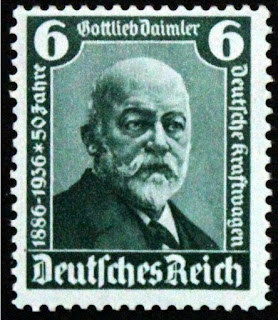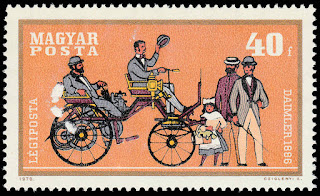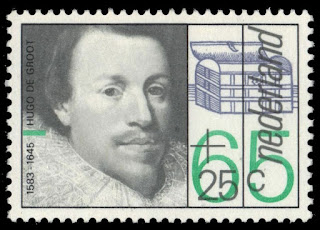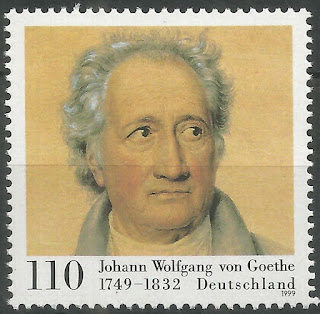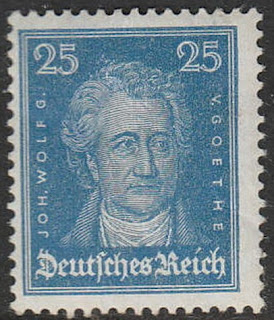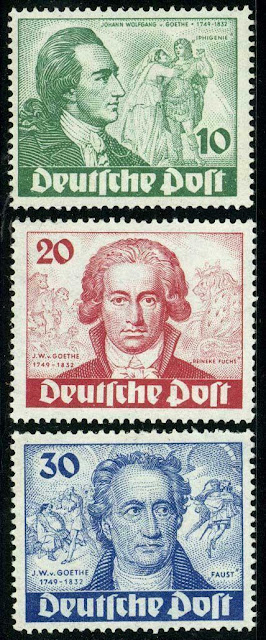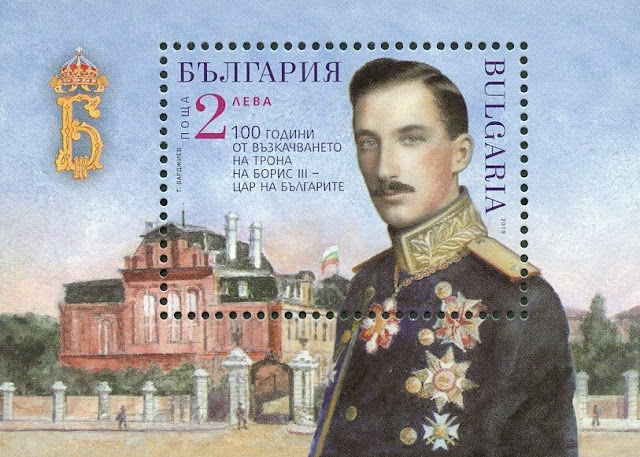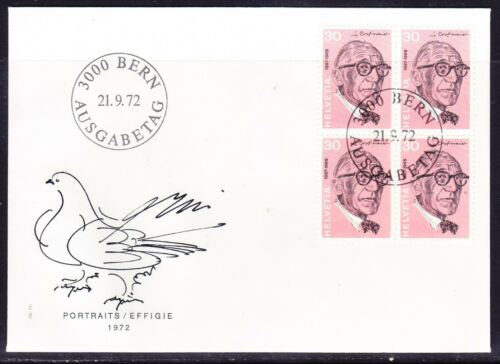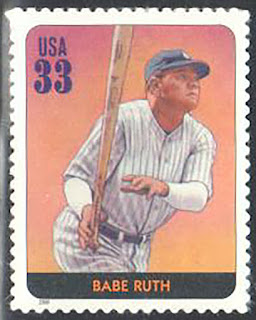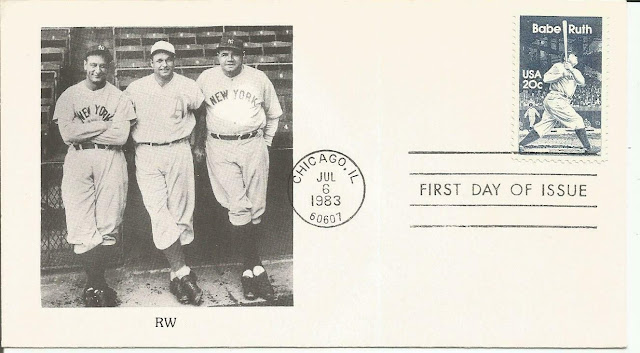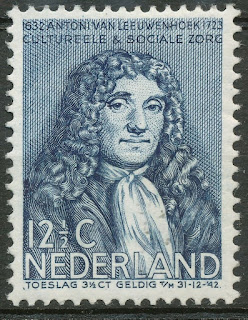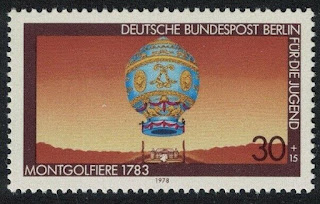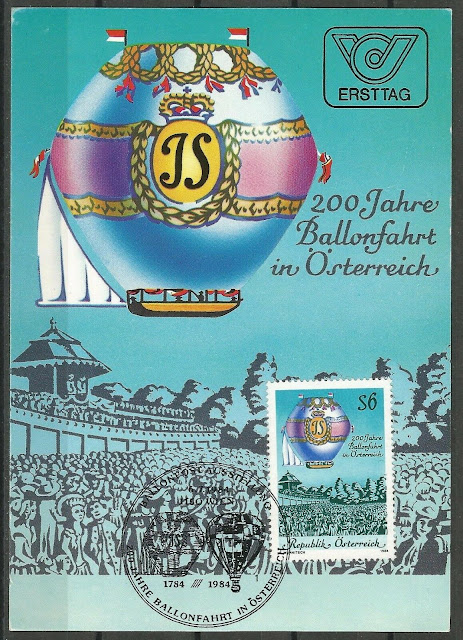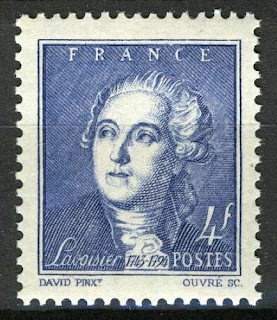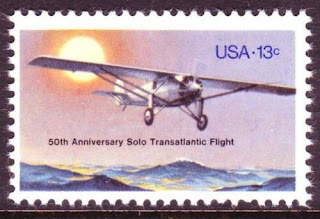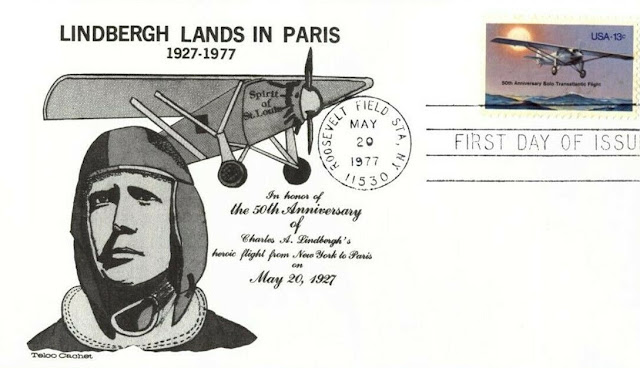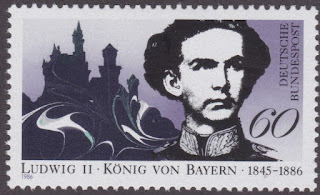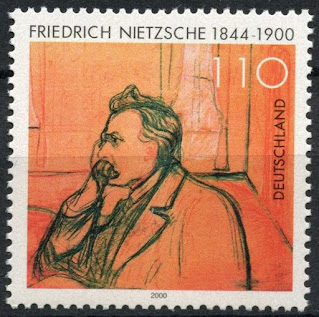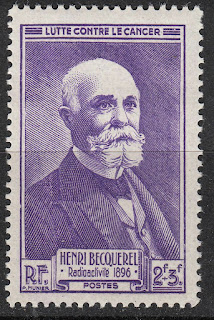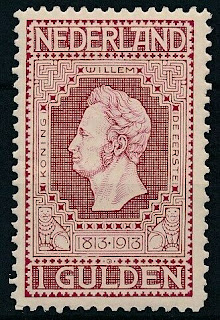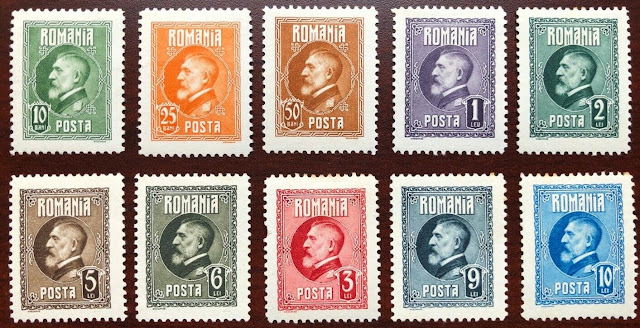Here are some events that happened on August 29th. It could be an event or a person that died or was born on that day
1831 – Michael Faraday discovers electromagnetic induction.
Michael Faraday (22 September 1791 – 25 August 1867) was an English scientist who contributed to the study of electromagnetism and electrochemistry. His main discoveries include the principles underlying electromagnetic induction, diamagnetism and electrolysis.
Although Faraday received little formal education, he was one of the most influential scientists in history. It was by his research on the magnetic field around a conductor carrying a direct current that Faraday established the basis for the concept of the electromagnetic field in physics. Faraday also established that magnetism could affect rays of light and that there was an underlying relationship between the two phenomena. He similarly discovered the principles of electromagnetic induction and diamagnetism, and the laws of electrolysis. His inventions of electromagnetic rotary devices formed the foundation of electric motor technology, and it was largely due to his efforts that electricity became practical for use in technology.
As a chemist, Faraday discovered benzene, investigated the clathrate hydrate of chlorine, invented an early form of the Bunsen burner and the system of oxidation numbers, and popularised terminology such as "anode", "cathode", "electrode" and "ion". Faraday ultimately became the first and foremost Fullerian Professor of Chemistry at the Royal Institution, a lifetime position.
Faraday was an excellent experimentalist who conveyed his ideas in clear and simple language; his mathematical abilities, however, did not extend as far as trigonometry and were limited to the simplest algebra. James Clerk Maxwell took the work of Faraday and others and summarized it in a set of equations which is accepted as the basis of all modern theories of electromagnetic phenomena. On Faraday's uses of lines of force, Maxwell wrote that they show Faraday "to have been in reality a mathematician of a very high order – one from whom the mathematicians of the future may derive valuable and fertile methods." The SI unit of capacitance is named in his honour: the farad.
Albert Einstein kept a picture of Faraday on his study wall, alongside pictures of Isaac Newton and James Clerk Maxwell. Physicist Ernest Rutherford stated, "When we consider the magnitude and extent of his discoveries and their influence on the progress of science and of industry, there is no honour too great to pay to the memory of Faraday, one of the greatest scientific discoverers of all time."
Stamp and First Day Cover issued by Great Britain depicting Michael Faraday
1862 Born: Maurice Maeterlinck, Belgian poet and playwright, Nobel Prize laureate (d. 1949)
Maurice Polydore Marie Bernard Maeterlinck (29 August 1862 – 6 May 1949), also known as Count (or Comte) Maeterlinck from 1932, was a Belgian playwright, poet, and essayist who was Flemish but wrote in French. He was awarded the Nobel Prize in Literature in 1911 "in appreciation of his many-sided literary activities, and especially of his dramatic works, which are distinguished by a wealth of imagination and by a poetic fancy, which reveals, sometimes in the guise of a fairy tale, a deep inspiration, while in a mysterious way they appeal to the readers' own feelings and stimulate their imaginations". The main themes in his work are death and the meaning of life. He was a leading member of La Jeune Belgique group and his plays form an important part of the Symbolist movement.
Swedish stamp depicting Maurice Maeterlinck
1885 – Gottlieb Daimler patents the world's first internal combustion motorcycle, the Reitwagen.
Gottlieb Wilhelm Daimler 17 March 1834 – 6 March 1900) was an engineer, industrial designer and industrialist born in Schorndorf (Kingdom of Württemberg, a federal state of the German Confederation), in what is now Germany. He was a pioneer of internal-combustion engines and automobile development. He invented the high-speed liquid petroleum-fuelled engine.
Daimler and his lifelong business partner Wilhelm Maybach were two inventors whose goal was to create small, high-speed engines to be mounted in any kind of locomotion device. In 1883 they designed a horizontal cylinder layout compressed charge liquid petroleum engine that fulfilled Daimler's desire for a high speed engine which could be throttled, making it useful in transportation applications. This engine was called Daimler's Dream.
In 1885 they designed a vertical cylinder version of this engine which they subsequently fitted to a two-wheeler, the first internal combustion motorcycle which was named the Petroleum Reitwagen (Riding Car) and, in the next year, to a coach, and a boat. Daimler called this engine the grandfather clock engine (Standuhr) because of its resemblance to a large pendulum clock.
In 1890, they converted their partnership into a stock company Daimler Motoren Gesellschaft (DMG, in English—Daimler Motors Corporation). They sold their first automobile in 1892. Daimler fell ill and took a break from the business. Upon his return he experienced difficulty with the other stockholders that led to his resignation in 1893. This was reversed in 1894. Maybach resigned at the same time, and also returned. In 1900 Daimler died and Wilhelm Maybach quit DMG in 1907.
German and Hungarian stamps depicting Gottlieb Daimler or his cars



